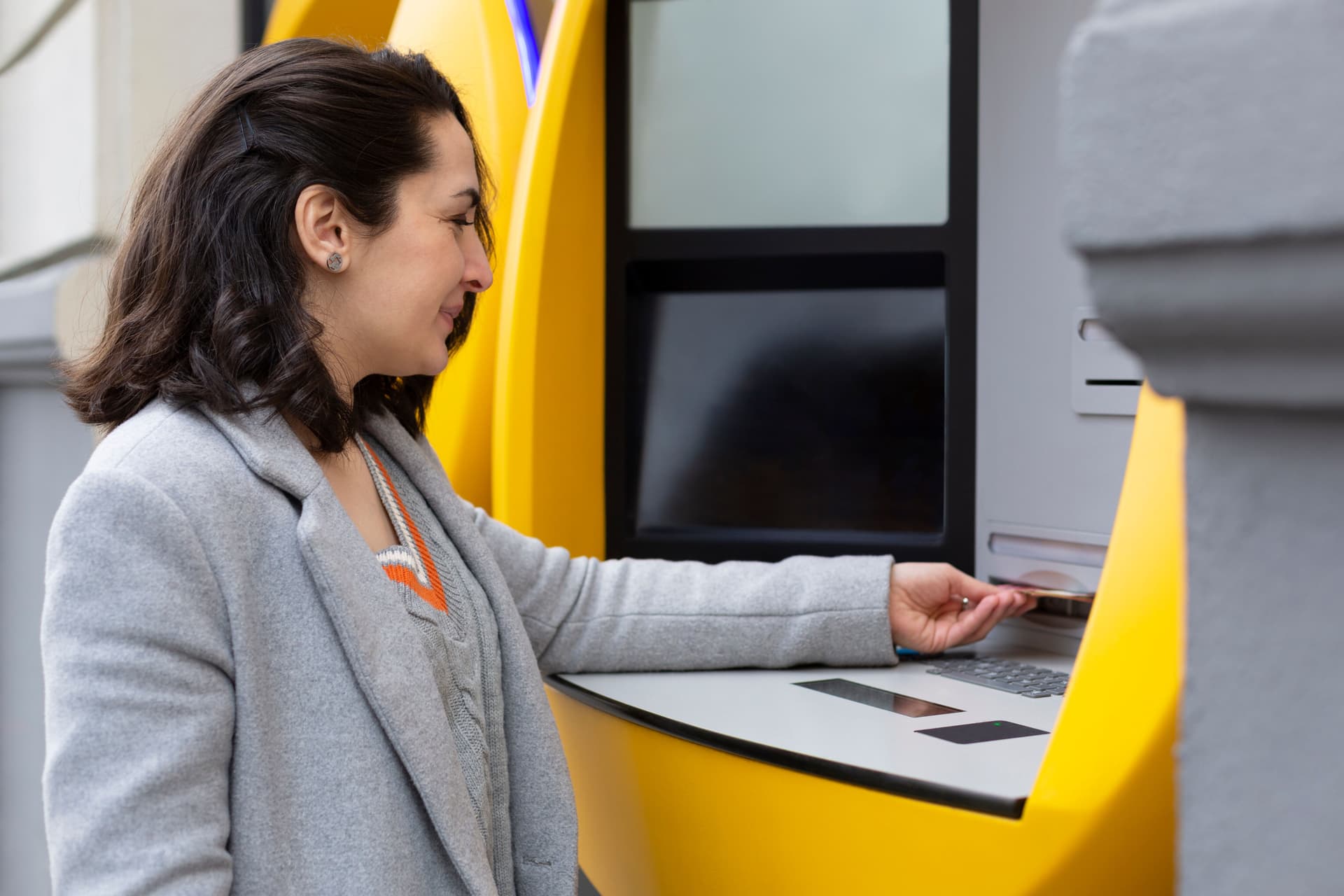

Opening a bank account in Spain
Opening a bank account in Spain is a fundamental step for residents, expatriates, and non-residents aiming to manage their finances efficiently within the country. This guide provides a comprehensive overview of the Spanish banking system, the types of accounts available, necessary documentation, and the procedures involved in opening both traditional and digital bank accounts.

This guide provides a comprehensive overview of the Spanish banking system, the types of accounts available, necessary documentation, and the procedures involved in opening both traditional and digital bank accounts.
1. Introduction
Overview of the Spanish Banking System
Spain's banking system is well-established, comprising numerous national and international banks that offer a wide range of financial services. The system is regulated by the Banco de España, ensuring stability and adherence to European banking standards. Major banks such as Banco Santander, BBVA, and CaixaBank have extensive branch networks and provide services tailored to both locals and foreigners.
Importance of Having a Bank Account in Spain
For residents and expatriates, possessing a Spanish bank account simplifies daily transactions, including receiving salaries, paying bills, and making purchases. Non-residents also benefit, especially if they own property or conduct business in Spain, as it facilitates financial operations like mortgage payments and utility bills.
2. Types of Bank Accounts in Spain
Resident vs. Non-Resident Accounts
- Resident Accounts: Designed for individuals who reside in Spain for more than 183 days a year. These accounts offer comprehensive services with lower fees and are suitable for daily financial activities.
- Non-Resident Accounts: Tailored for individuals living outside Spain or residing in the country for less than 183 days annually. While they provide essential banking services, they may come with higher fees and limited features.
Types of Accounts
- Current Accounts (Cuenta Corriente): Standard accounts for everyday transactions such as receiving income, paying bills, and making purchases.
- Savings Accounts (Cuenta de Ahorros): Intended for saving funds over time, often offering interest on the balance.
- Business Accounts: Specifically for business-related financial activities, providing services like payroll management and business loans.
- Student Accounts: Designed for students, typically offering benefits like lower fees and incentives to encourage saving.
Key Differences and Recommendations
- Current vs. Savings Accounts: Current accounts are ideal for daily transactions, while savings accounts are better suited for accumulating funds with potential interest earnings.
- Resident vs. Non-Resident Accounts: Residents should opt for resident accounts to access a broader range of services and lower fees. Non-residents might choose non-resident accounts for essential banking needs, though they should be aware of possible higher costs.

3. Required Documents and Eligibility
General Requirements
- Identification: A valid, unexpired passport or national identity card (for EU citizens).
- Proof of Address: Documents such as a recent utility bill, lease agreement, or bank statement confirming your address.
- Número de Identificación de Extranjero (NIE): A tax identification number for foreigners in Spain.
- Proof of Employment or Income: Documents like an employment contract, student card, or proof of unemployment status.
Differences in Requirements
- EU Citizens: Typically need a valid passport or ID and proof of address.
- Non-EU Residents: May require additional documentation, such as a residence permit or visa, alongside the standard requirements.
- Non-Residents: Often need a certificate of non-residency, which can be obtained from a Spanish police station or consulate.
Obtaining the NIE
The NIE is essential for various legal and financial activities in Spain. To obtain it, apply at a local police station or foreigner's office (Oficina de Extranjeros) by providing your passport, a completed application form, and a reason for the request. Appointments are usually required, and processing times can vary.
4. Step-by-Step Process for Opening a Traditional Bank Account
Choosing the Right Bank
Research major banks in Spain, such as Banco Santander, BBVA, and CaixaBank, to compare their offerings, fees, and services. Consider factors like branch accessibility, online banking facilities, and language support.
Making an Appointment and Visiting a Branch
It's advisable to schedule an appointment, especially if you prefer assistance in English. Visit the chosen branch with all necessary documents. Bank hours are typically from 09:00 to 14:00, Monday to Saturday.
Processing Time and Account Activation
Accounts are usually opened immediately or within a few days. Debit or credit cards are typically dispatched within two weeks.
5. Digital and Online Banking Options
Overview of Spain’s Neobanks and Digital Banking Alternatives
Digital banks like N26, Revolut, and Openbank offer online banking solutions without the need for physical branches. These platforms provide user-friendly apps, multilingual support, and competitive fees.
Comparison of Traditional Banks vs. Online Banks
- Traditional Banks: Offer in-person services, extensive branch networks, and a wide range of financial products.
- Online Banks: Provide convenience, lower fees, and innovative features but lack physical branches.
Benefits and Drawbacks of Digital-Only Banking
- Benefits: 24/7 access, real-time notifications, often lower fees, and ease of account management.
- Drawbacks: No physical branches, potential limitations in services, and reliance on internet connectivity.

6. Bank Fees and Charges
Common Fees
- Maintenance Fees: Monthly charges for account upkeep.
- ATM Withdrawal Fees: Charges for using ATMs outside the bank's network or in foreign currencies.
- International Transaction Fees: Fees for transactions in non-euro currencies.
Minimizing Costs
- Choose Banks with Low or No Fees.
